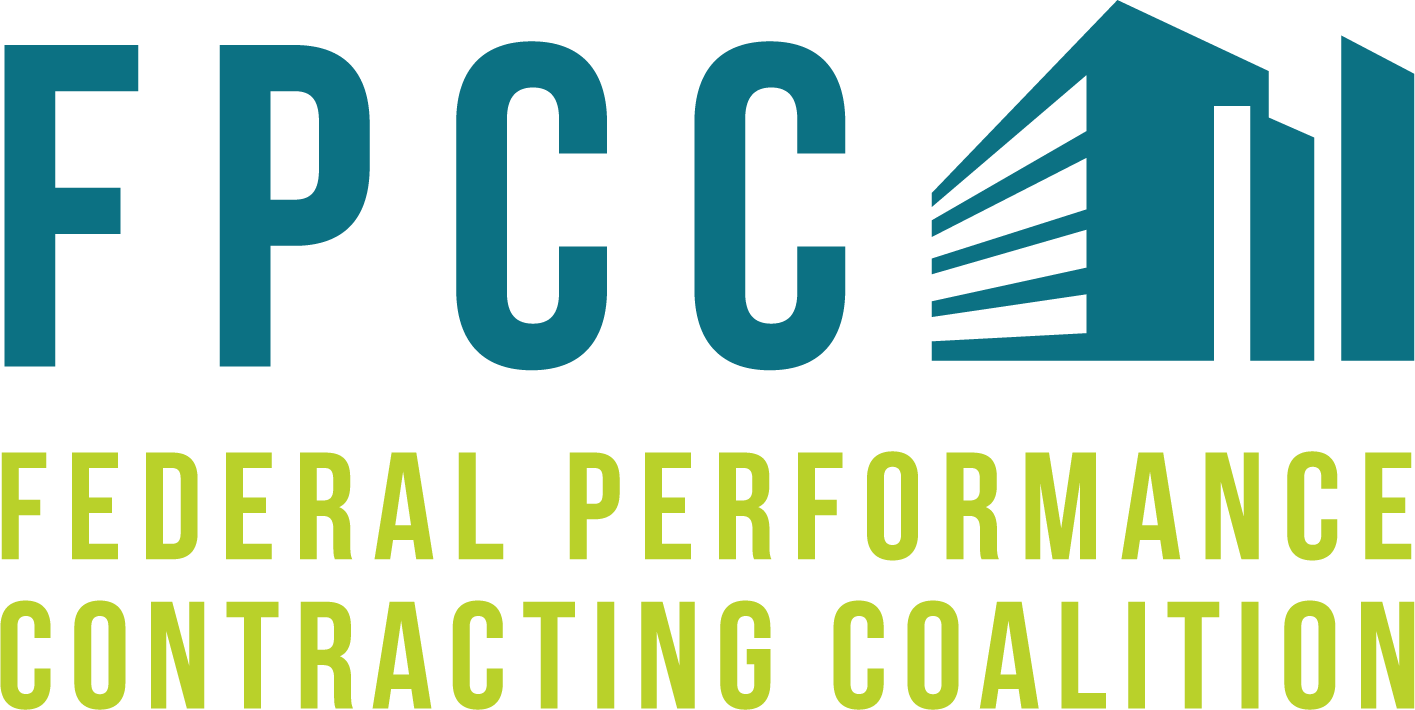Maintaining the appearance and integrity of your building is a key part of managing any commercial property. Whether it’s an office complex, retail store, warehouse, or apartment building, a professional paint job can protect your investment, boost curb appeal, and reflect your brand’s image. This guide breaks down everything property owners should know about commercial painting, from preparation to long-term maintenance.
Understanding the Importance of Commercial Painting
A fresh coat of paint does far more than make your building look new. It acts as a protective barrier against weather damage, corrosion, moisture, and wear and tear from daily operations. Over time, exposure to sunlight, pollution, and changing temperatures can cause paint to fade, crack, or peel. Regular repainting keeps your property structurally sound, prevents costly repairs, and maintains a professional appearance that attracts tenants, clients, and customers.
Choosing the Right Type of Paint
Different buildings require different paint formulations depending on surface material, location, and usage. For example:
- Acrylic paints are great for exterior walls because they’re flexible and weather-resistant.
- Epoxy coatings work well for industrial floors and high-traffic areas due to their durability.
- Latex paints are ideal for interiors, providing a smooth finish with low odor and easy cleanup.
Always choose high-quality, commercial-grade paint designed for your specific environment. It lasts longer, provides better coverage, and offers superior protection compared to cheaper alternatives.
Preparing the Surface
Proper preparation is the foundation of a lasting paint job. Before applying any paint, contractors will inspect the surface for cracks, peeling, mildew, or water damage. They’ll power wash exteriors, repair imperfections, sand rough areas, and apply primers to ensure paint adhesion. Skipping these steps can cause paint to fail prematurely, leading to flaking or bubbling.
Color Selection and Branding
Color plays a big role in how people perceive your business. For commercial properties, the right palette can influence customer behavior, boost employee morale, and strengthen your brand identity. For instance, warm tones can create a welcoming environment, while neutral shades project professionalism and reliability. Working with a color consultant can help align your aesthetic goals with your company’s image and architecture.
Scheduling and Minimizing Disruption
One of the main challenges in commercial painting projects is completing the work without interrupting daily operations. Experienced contractors plan around your schedule—working during off-hours, weekends, or in phases to minimize disruptions. They also use low-VOC and fast-drying paints to ensure air quality and reduce downtime for businesses that remain open during the process.
Safety and Compliance
A professional painting contractor follows strict safety protocols and industry regulations to protect both workers and building occupants. They use proper scaffolding, harnesses, and protective equipment while adhering to OSHA standards. Additionally, certified contractors understand how to handle hazardous materials, dispose of waste responsibly, and comply with environmental regulations.
Ongoing Maintenance
To keep your property looking its best, establish a regular maintenance schedule. Annual inspections can help detect early signs of paint deterioration, allowing for touch-ups before larger issues develop. Cleaning surfaces, removing debris, and repairing small chips promptly will extend the life of your paint and save you money over time.
Commercial painting is a worthwhile investment that combines aesthetics, protection, and longevity. For property owners, choosing skilled contractors, using quality materials, and maintaining a consistent painting schedule ensures your building remains both beautiful and functional. With the right approach, your property not only stands out visually but also stays structurally sound for years to come.
